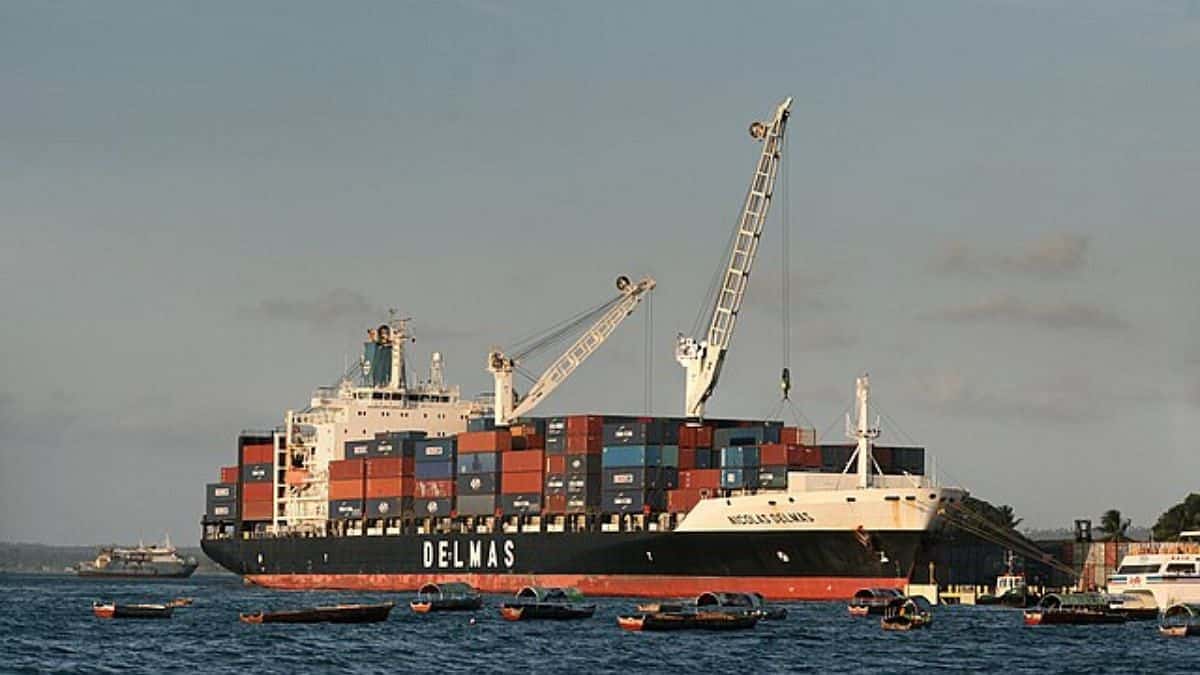Global trade needs IMEC. It’ll boost Middle East markets too
IMEC: A New Economic Corridor Emerges

On the sidelines of the 2023 G20 Summit, leaders from India, Saudi Arabia, France, Italy, Germany, the UAE, the US, and the EU announced their commitment to establish the India-Middle East-Europe Economic Corridor (IMEC). This initiative aims to enhance economic integration between Asia, the Arabian Gulf, and Europe. The IMEC is seen as a response to the changing geopolitical and geoeconomic landscape, where nations are increasingly focusing on mutual growth through interdependence.
Geopolitical Context and Economic Integration
The geopolitical climate of 2023 has been marked by significant challenges, including wars in Ukraine and the Middle East, as well as crises affecting the Red Sea and the Panama Canal. These events have underscored the need for new economic corridors like the IMEC. The joint statement from India and the US, which spans 36 paragraphs, emphasizes the importance of investing in critical infrastructure and economic corridors. It highlights the need for collaboration among nations to foster trade and investment, energy security, and technology sharing.
The IMEC is expected to facilitate trade by connecting western Indian ports with those in the UAE, Oman, and Saudi Arabia. It will also establish rail connectivity for cargo transiting to the Port of Haifa in Israel, followed by sea links to European ports. This multimodal approach aims to streamline logistics and reduce transit times, which have been adversely affected by current geopolitical tensions. The joint statement also reaffirms the memorandum of understanding (MoU) for the IMEC, indicating strong support from both India and the US, despite the complex geopolitical landscape in the Middle East.
As nations seek to navigate these challenges, the IMEC presents a viable alternative to traditional trade routes. It aims to enhance connectivity and promote shared prosperity across borders, making it a crucial player in the evolving global trade environment.
Alternative Economic Corridors and Future Prospects
The IMEC is part of a broader trend of developing alternative economic corridors to enhance global trade. Countries are increasingly investing in transport connectivity through highways, railroads, and aviation hubs. For instance, East Asia has established efficient rail links to Europe and Central Asia, while various connectivity projects are underway worldwide, including the GCC rail link and India’s road and rail networks with Southeast Asia.
Russian Military Sealift Ship Sinks After Engine Room Explosion
However, the Red Sea crisis has severely impacted international shipping, particularly through the Suez Canal, a vital artery for Asia-Europe trade. The ongoing war in Ukraine has also disrupted movements across the Northern Corridor, while drought conditions have affected the Panama Canal’s navigability. These challenges have led to increased logistics costs and longer transit times, prompting nations to explore alternative routes.
The IMEC could serve as a critical alternative to the Suez Canal, providing a more efficient corridor for trade between India and Europe. It has the potential to cater not only to Indian-European trade but also to the larger Middle Eastern markets. As countries continue to face logistical challenges, the IMEC’s multimodal approach may offer a solution to enhance connectivity and facilitate smoother trade flows.
